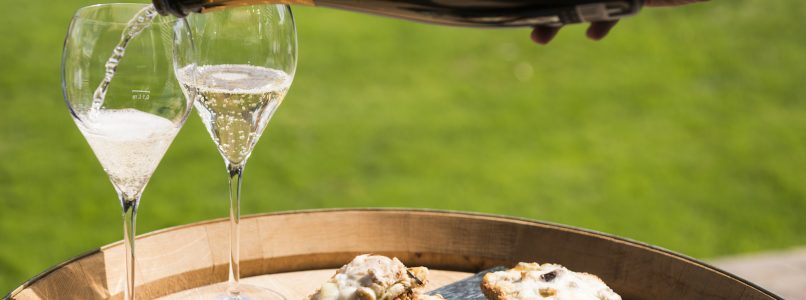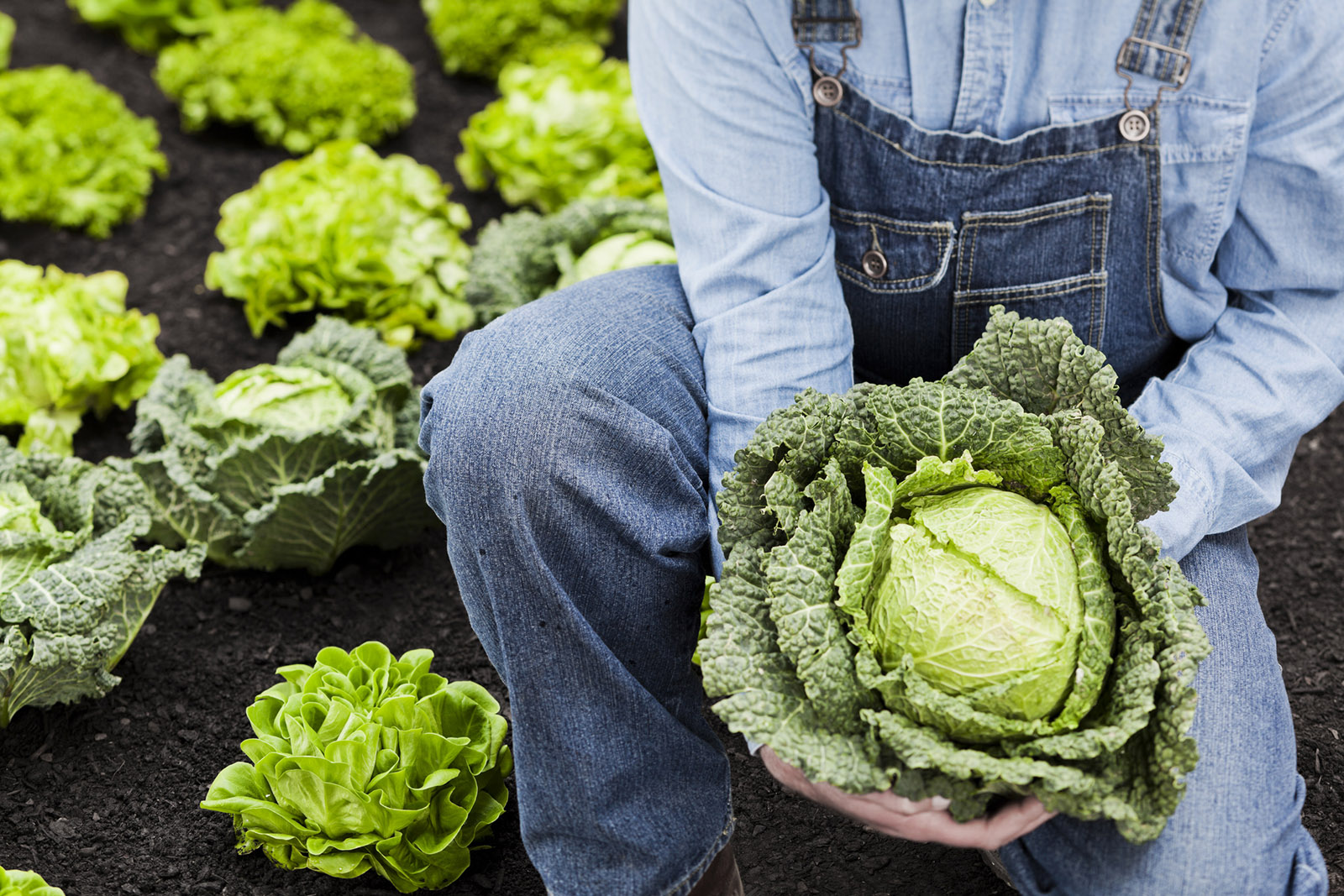No need to pretend to be a sommelier, wine is also ordered on tap, with a number, and it is cheap. The first winery that produces wine (presses and bottles!) In Milan does it for everyone. And the 12th of October will be harvested!
Why do I have to pretend to understand something when I sit down to order a glass of wine? Why do I have to feel under scrutiny, try to clumsily learn some knowledge, when I would just like to say I want a glass of red? Let's be honest, many people think so. In many, enough to invent a new place, a wine bar that makes even those who only want to drink wine feel comfortable. Urban Cellar is the first winery that produces wine in Milan, presses and refines in barrel grapes from the surroundings and from the rest of Italy, bottles wine with clever names like Naviglio Rosso and for this it made headlines. However, it is the first new generation wine bar, that is a place specialized in wine born to please everyone.
The table wine, our history
Italy is a Republic founded on viticulture, but we know very little about wine. As in all sectors, there are few big enthusiasts and many consumers. We are the first producers in the world, the third for per capita consumption (after France and Portugal) and for big exporters. In the fifties wine was a food, it provided calories to farmers and our consumption in the Sixties was about 100 liters of wine per person per year. Today we are a little over 40 liters, but we are far from being all sommeliers. After the war wine was bought in bulk from cooperatives, shops, taverns, producers and the preference was for sparkling wines, preferably amabile. They were pleasant, everyday wines and the concept of "table wine" was certainly not a blasphemy as it became. The "event wines", aged in cask, with famous names and important taste, are a modern concept, at least for the masses. First the wine was drunk, it was not tasted, and looking at the consumption statistics it does not seem that much has changed. Supermarkets and large-scale distribution are now the preferred sales channel, in 2017 the average selling price was "well" € 2.85 / l (+ 2.2%). Lambrusco and Chianti are the most sold wines, but at least the sales of cardboard wine are falling. If once the peasant's wine was bought, now “supermarket wine” works well with excellent performance for private label labels.
Cantina Urbana, the first Milanese winery
Cantina Urbana was born in October 2018 from the idea of Michele Rimpici, graduated in philosophy, but in the wine business for about 15 years. He is an enthusiast and after six years as manager for the Signorvino group he gave life to his own restaurant: better, to his own cellar. Thanks to contacts in the sector he has found a group of small artisan producers from whom to buy, all of which produce respectful of nature, without the use of chemicals pushed into the countryside and into the cellar. He looked for a space in Via Ascanio Sforza 87, on the Naviglio Pavese, and equipped it as a real cellar, with steel tanks for winemaking, the grape crusher for the grapes, the wine press, the bottling machine, the corker and the labeler. Finally, terracotta amphorae and barriques for the refinement of selection bottles.
On tap or in the bottle: vùn, dù, trì?
The wine is sold on tap, directly from the tanks, or in bottles. You drink it especially there or you take it home, and in time of harvest you can participate in the process of pressing and bottling. Vùn, dù, trì, quater, the bulk wine is called by number, in Milanese, a glass starts at 4 euros and instead of drinking it and wine becomes a convivial experience: no one spins the glass enumerating labels and producers putting the others in awe. While wine bars specialize in natural wines, for amateurs, Cantina Urbana is always full, the cold cuts and cheeses are of excellent quality, the place is beautiful, what you drink is more than honest and they are all true fans. «My idea of production is based on taste and accessibility. I don't like boring descriptions and frills, I like making wine and sharing it with people hoping that, by involving people in production, there is less awe towards this drink. Returning to making wine not only "as it used to be", but better, because we have Internet and technology ".
The harvest
The appointment is set for Saturday 12 October 2019, on the occasion of the first birthday of Cantina Urbana, in the middle of Milan Wine Week. Once the grapes have been crushed, the cellar, still invaded by the scent of fresh must, will welcome anyone who wants it to start the festivities. The harvest is an important moment, of hard work, but also of great jubilation, because all the sacrifices and the efforts of a year of work are finally repaid, and that is why Cantina Urbana® will come alive for the occasion with music from the alive and dj set, first in the outdoor courtyard and then inside, where you will have the opportunity to taste all the wines produced on site – for a total of 8 references – combined with the Bello & Buono pizza and the classic sandwich with the pork.

